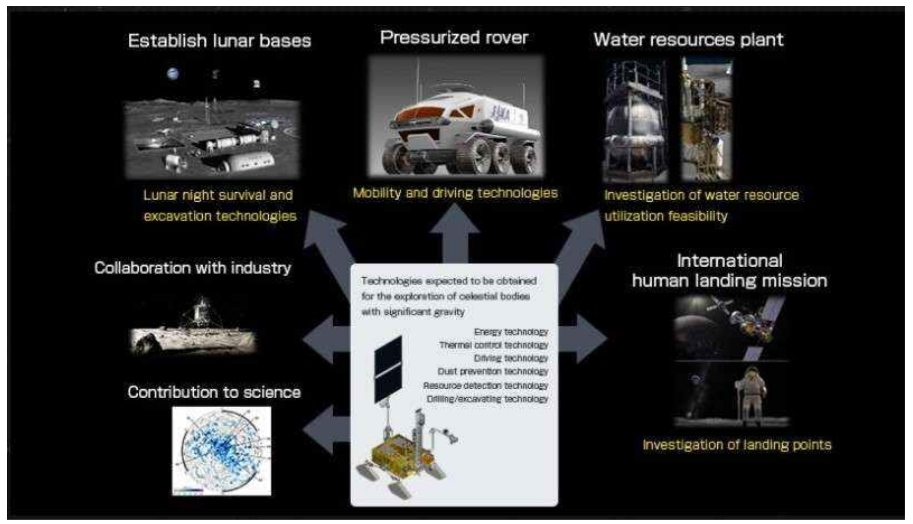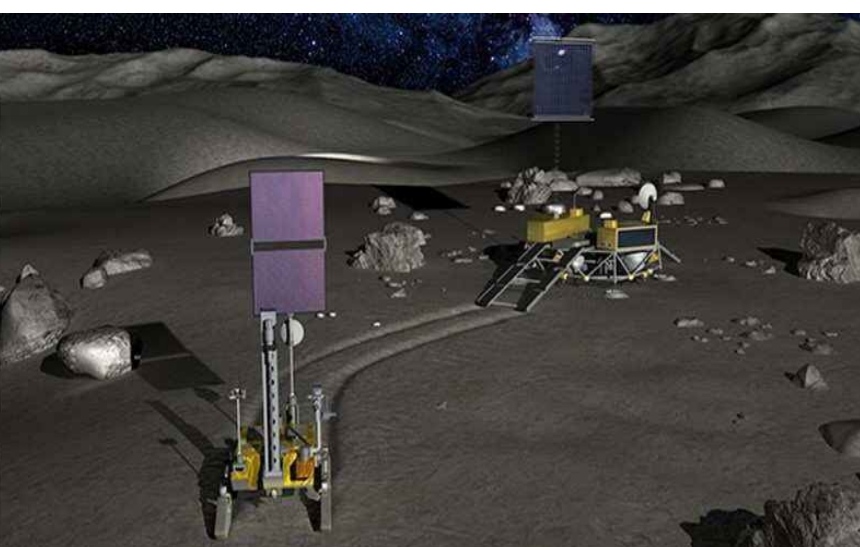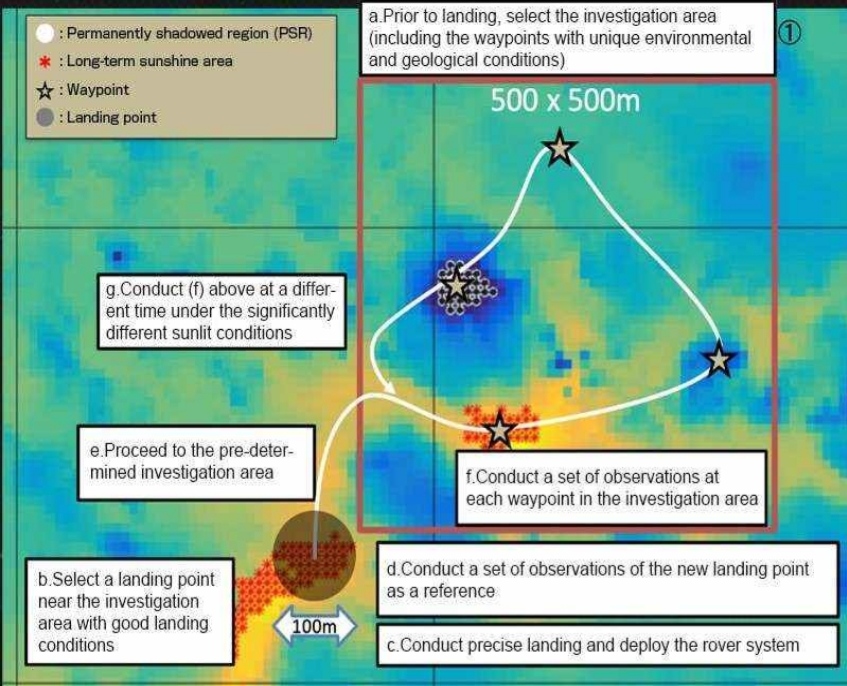India-Japan Joint Moon Mission Makes Bold Progress

Even as both the countries continue to battle COVID-19 pandemic, Japan, which will be launching a joint lunar mission with India — Lunar Polar Exploration (LPE) — that hopes to put a lander and rover on Moon’s surface has, for the first time, spelled out details of the project that will see ISRO lead the lander development.
As per details shared by Japanese space agency JAXA, the mission will be launched after 2023 — ISRO currently has its human spaceflight program (Gaganyaan) scheduled for 2022 — and will involve a lander and a rover. JAXA diagrams show that the Japanese would be building the overall landing module and the rover, while ISRO would develop the lander system.
The mission will be launched from Japan, and the designated launch vehicle is the H3 rocket, manufactured by Mitsubishi Heavy Industries.
The first thinking of this mission was made public in 2017, during a multi-space agencies’ meeting in Bengaluru and it was then also part of the inter-governmental discussions during PM Modi’s visit to Japan in 2018. TOI had reported in September 2019, that the project had since moved forward and both agencies were keen on landing on Moon together.

Now, a pre-project team established earlier this year is working on developing a comprehensive management plan for the collaborative mission; investigate the spacecraft system requirements and the various interface specifications in collaboration with ISRO.
“…Analysis of observational data suggests the existence of water in the polar regions of Moon. JAXA is working with ISRO to plan an international collaborative mission to obtain data on the quantity and forms of water resources present, in order to determine the feasibility of utilizing such resources for sustainable space exploration activities in the future,” JAXA said.
The mission’s aim is to obtain actual data regarding the quantity of water from in-situ observations of areas where water is anticipated to exist, based on the available past observational data. It also seeks to understand the distribution, conditions, form and other parameters of the lunar water resources in the polar regions.

“Through this mission, we also seek to improve the technology needed to explore the surface of low-gravity celestial bodies in order to support future lunar activities. These advancements include technology for mobility, lunar night survival and mining excavation,” JAXA added.
While recent observational data suggests that it is highly likely that water does not sublimate at ‘permanently shadowed regions’ (PSRs) — an example of a PSR would be an area that is lower than the surrounding ground, such as the inside of a crater — and remains near the lunar surface, the details about the water quantity, distribution and its form are still a mystery.

The investigation area and observation points (waypoints) with unique environmental and geological conditions will be selected prior to landing. The lander will land at a location near the investigation area that has long sunlit hours, and deploy the rover.
During operation, the rover will observe up to 2m underground, allowing the detection of possible water resources in the area. The rover will simultaneously observe the Moon surface.
“Rover will be equipped to conduct observations of the chemical elements present in areas where water may possibly be distributed. If hydrogen is detected, the rover will mine the surface to collect samples. Samples will then be heated to vaporize the volatile substances in order to determine the chemical composition, analyse the quantity of water and conduct isotopic analysis,” JAXA added.



